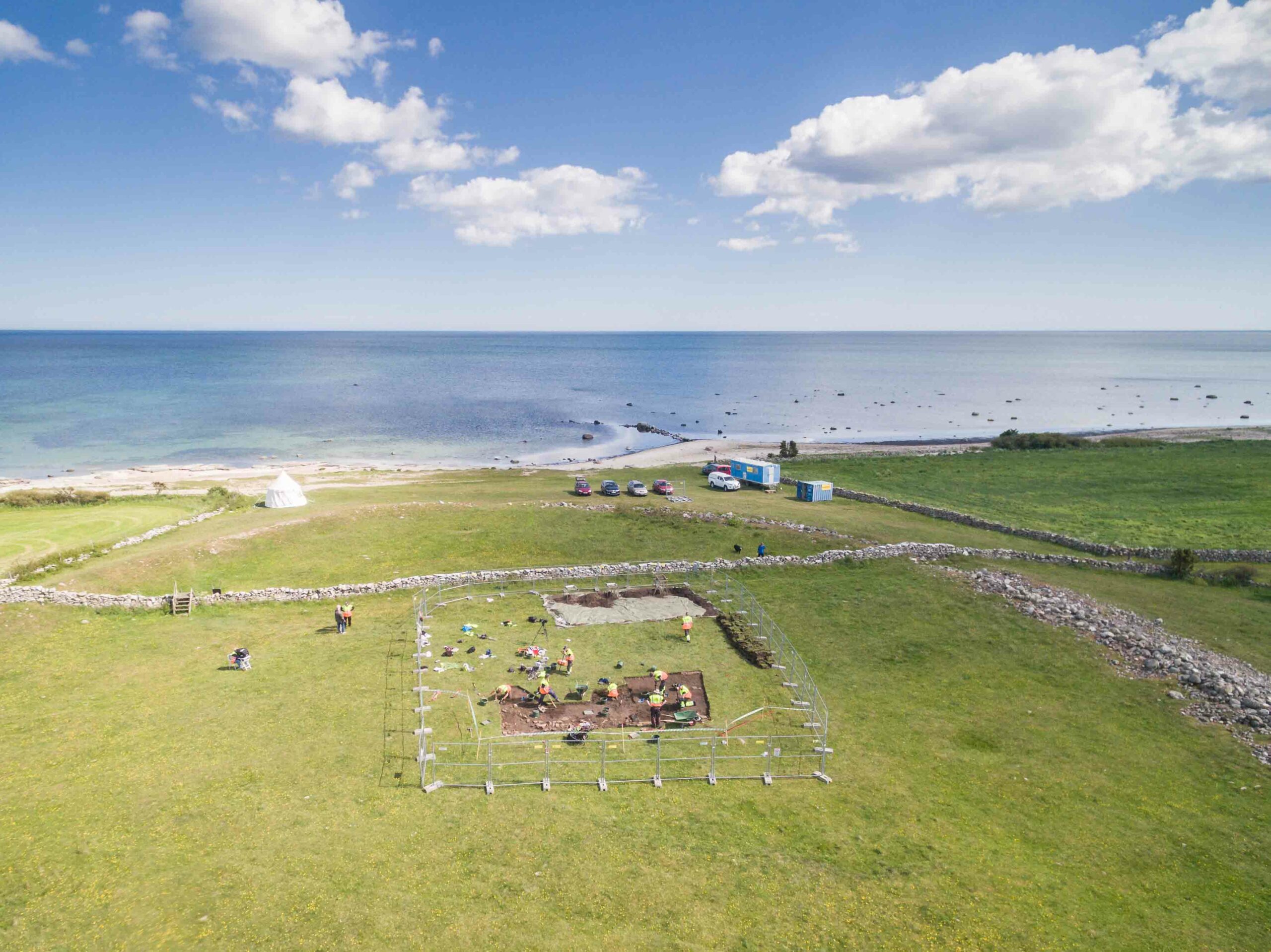SALEKHARD, RUSSIA—Scientists continue to study the well-preserved remains of a six- or seven-year-old boy whose medieval birch bark coffin was recovered from the Zeleny Yar necropolis. So far, they have learned that the boy had worms from eating raw or undercooked fish, which may have been a staple food fed to infants and small children. Petr Slominsky of the Institute of Molecular Genetics in Moscow told The Siberian Times that his team plans to gather DNA samples from the modern Khanty, Nenets, and Komi peoples, who live near the site of the necropolis, to compare with a sample from the remains. The task is complicated by damage to the remains caused by repeated thawing and freezing and by resin in the birch bark used to wrap the body. "The DNA we get is not very clean, and there is not very much of it," said Slominsky. "But at the moment we are working to clear the DNA and get more samples and as soon as we succeed we will start the analysis." For more on archaeology in the area, go to "Letter from Siberia: Fortress of Solitude."
An Update from the Zeleny Yar Necropolis
News May 9, 2016
Recommended Articles
Artifacts May/June 2024
Medieval Iron Gauntlet

Digs & Discoveries January/February 2023
Storming the Castle
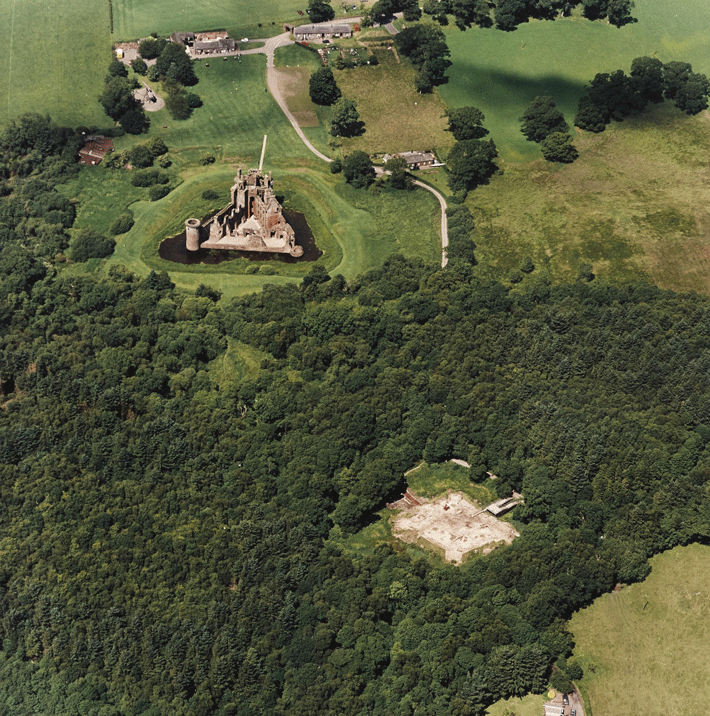
Letter from Germany September/October 2022
Berlin's Medieval Origins
In the midst of modern construction, archaeologists search for evidence of the city’s earliest days

Digs & Discoveries May/June 2022
First Falconer
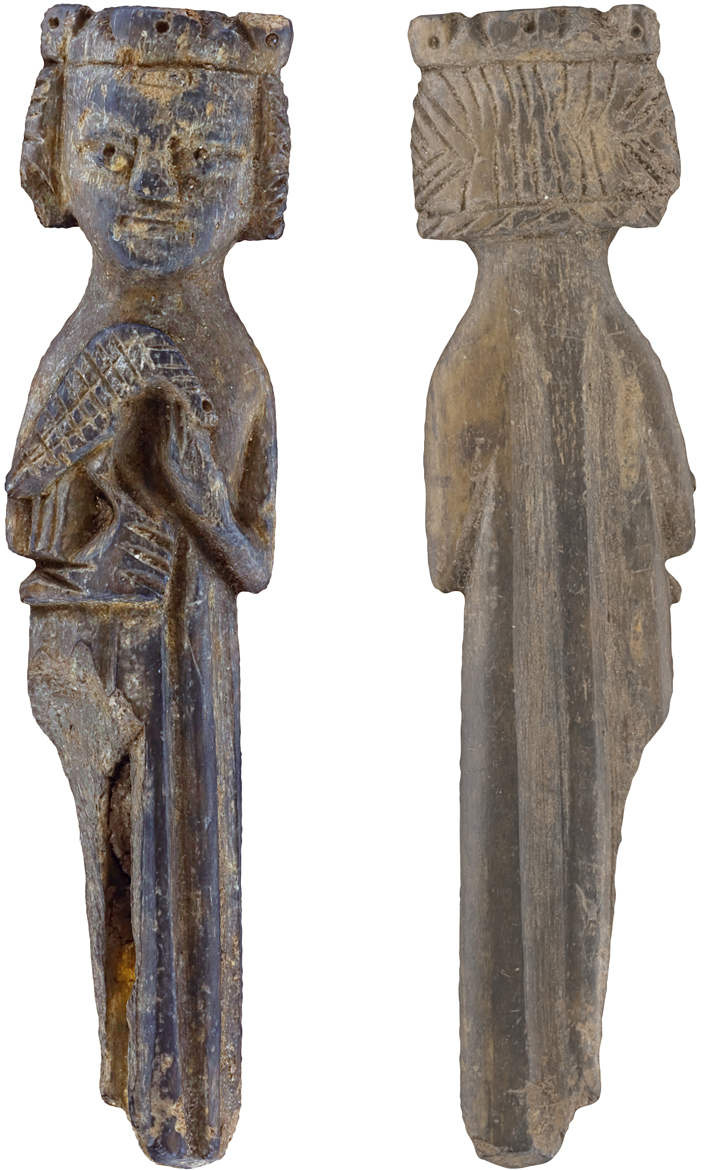
-
Features March/April 2016
France’s Roman Heritage
Magnificent wall paintings discovered in present-day Arles speak to a previously unknown history
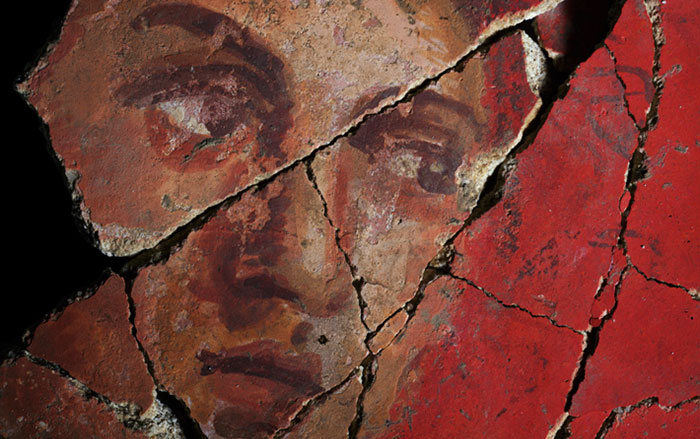 (Copyright Remi Benali INRAP, musée départemental Arles antique)
(Copyright Remi Benali INRAP, musée départemental Arles antique) -
Features March/April 2016
Recovering Hidden Texts
At the world’s oldest monastery, new technology is making long-lost manuscripts available to anyone with an Internet connection
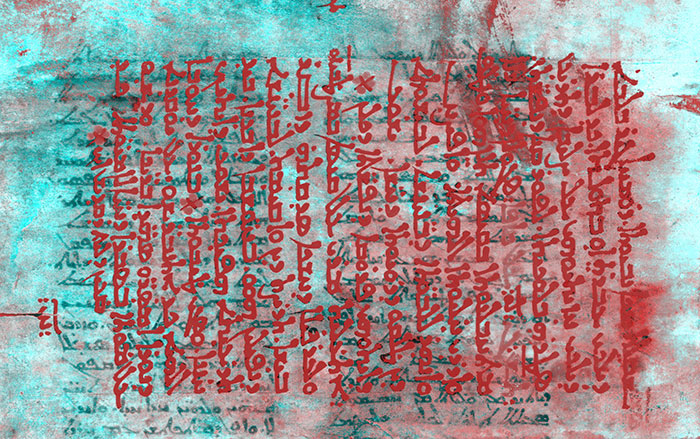 (Copyright St. Catherine's Monastery)
(Copyright St. Catherine's Monastery) -
Letter from Guatemala March/April 2016
Maya Metropolis
Beneath Guatemala’s modern capital lies the record of the rise and fall of an ancient city
 (Roger Atwood)
(Roger Atwood) -
Artifacts March/April 2016
Egyptian Ostracon
 (Courtesy Nigel Strudwick/Cambridge Theban Mission)
(Courtesy Nigel Strudwick/Cambridge Theban Mission)


